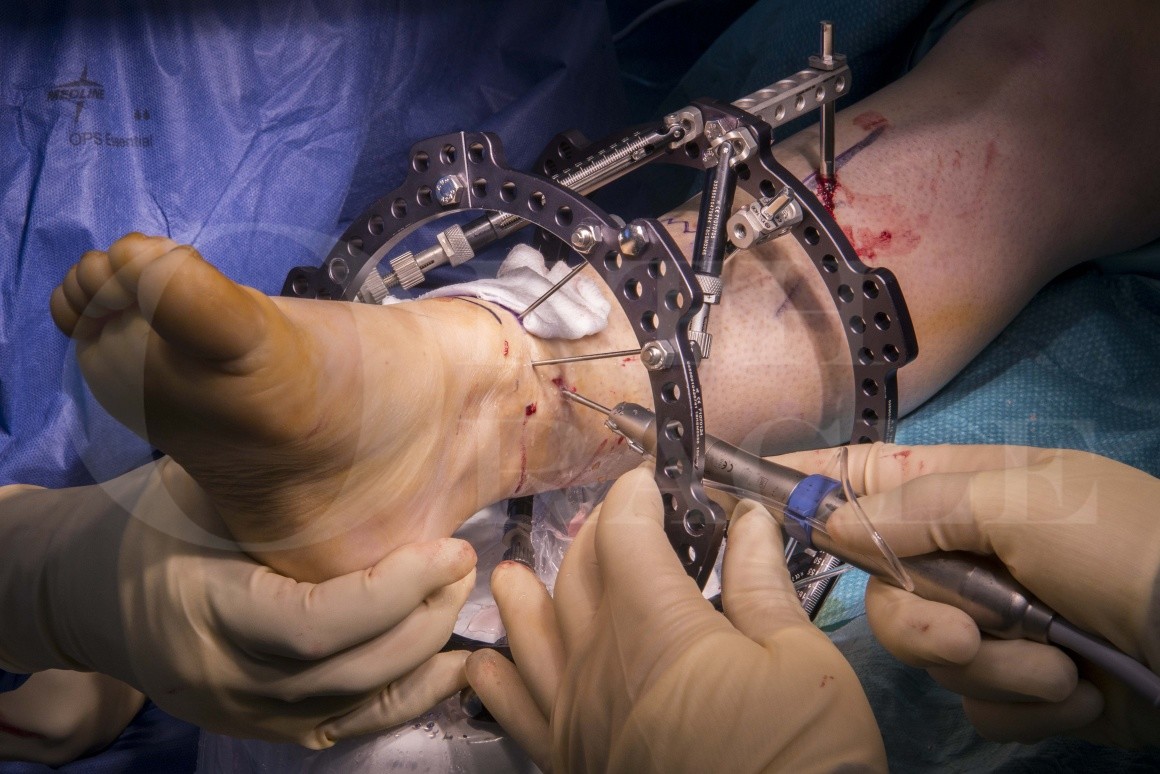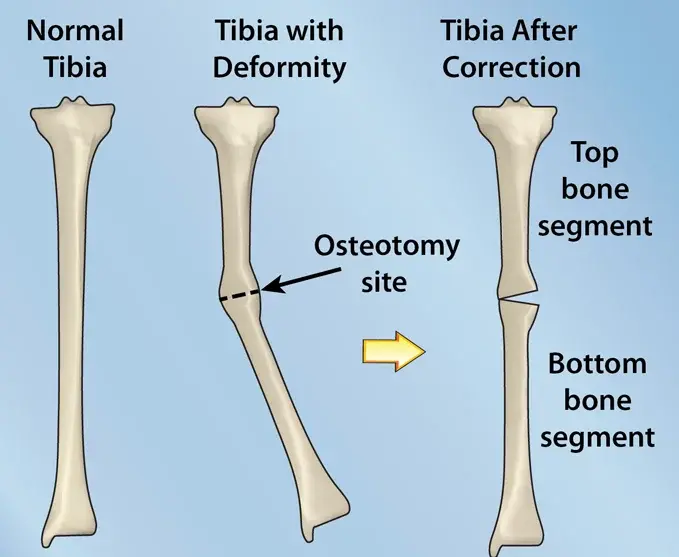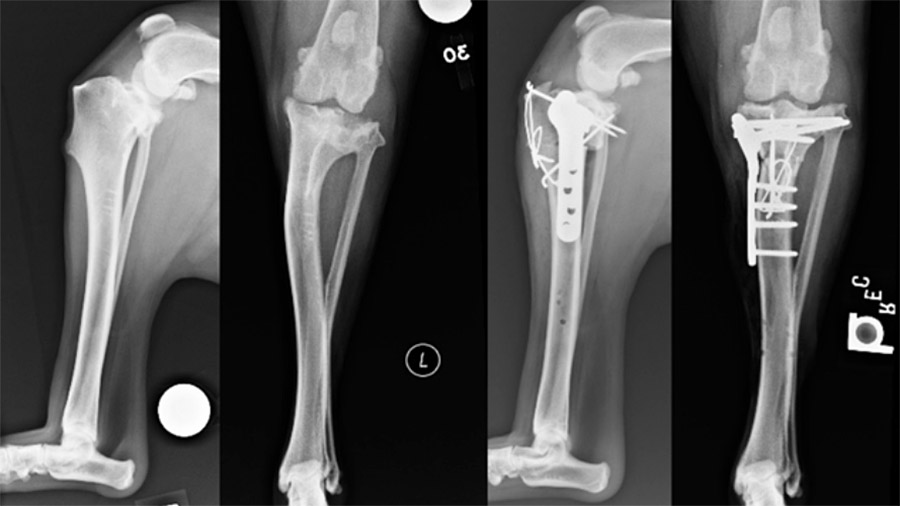Osteotomy For Deformity Correction
"To keep the body in good health is a duty... otherwise, we shall not be able to keep the mind strong and clear."
Osteotomy For Deformity Correction

During surgery, the doctor makes a cut across the bone to create two separate bone segments. This surgical procedure to cut a bone is called an osteotomy. Then the doctor will straighten the bone. After the bone is positioned correctly, the doctor inserts an internal device to keep the bone in the corrected position while it heals. The internal device may be an internal nail/rod or a metal plate. Sometimes additional soft-tissue procedures are done at the same time to allow the muscles and nerves to accommodate the correction. After the bone heals, the internal device may be removed during a second surgery.
What are the treatment options for Osteotomy For Deformity Correction?
Osteotomy for deformity correction involves surgically realigning bones to improve function and alleviate pain, commonly used for conditions like osteoarthritis or improperly healed fractures. Treatment options include conservative management with physical therapy and pain medication for mild cases, while more severe deformities typically require surgical intervention. Surgeons may employ traditional open techniques or minimally invasive approaches, often using fixation devices like plates or screws for stabilization. Patient-specific implants tailored to individual anatomy have also become increasingly available. Rehabilitation through physical therapy is integral for post-operative recovery, aiming to restore strength, mobility, and function. In advanced cases of joint deformity from osteoarthritis, joint replacement surgery may be necessary. Overall, treatment decisions are tailored to the specific needs and circumstances of each patient, with careful consideration of factors such as the severity of the deformity, patient’s health status, and treatment goals.

We are here to help you Get relief from your pain
Get reed of from various body pain from our experienced doctor.

